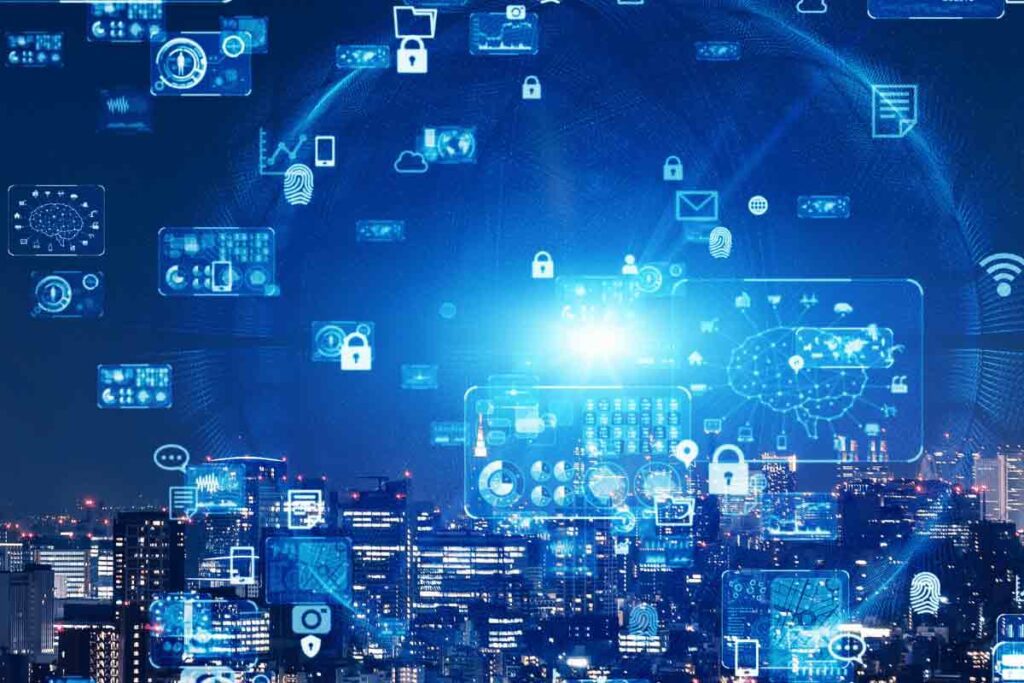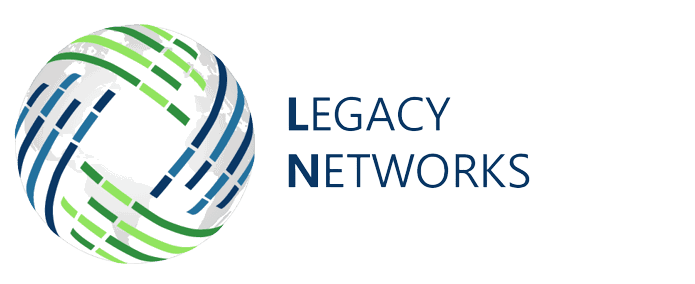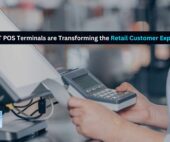Introduction
The Internet of Things, or IoT, has emerged as a key component of contemporary technology, driving efficiency and innovation in a wide range of industries. Among the myriad applications of IoT, remote monitoring stands out as a particularly transformative solution. This advanced technology enables organizations to maintain a constant vigil over remote monitoring operations, ensuring optimal performance, timely maintenance, and enhanced productivity.
In previous blogs we learned about Benefits of Remote Monitoring Using IoT which offers numerous benefits, including real-time data collection and analysis, predictive maintenance, operational efficiency, enhanced safety and compliance, improved customer experience, scalability and flexibility, and data-driven decision making.

Businesses can respond quickly, minimize downtime, and make dynamic decisions with the help of real-time data from IoT technologies. In addition, they facilitate scalability, regulatory compliance, predictive maintenance, and operational performance optimization, guaranteeing the quality of the product and its ability to adjust to evolving circumstances.
But what does it mean for an IoT solution to be ‘smart’? The purpose of this blog is to investigate the workings of IoT remote monitoring and to clarify its notion. By understanding these elements, businesses can leverage IoT to its full potential, driving growth and innovation.
Understanding IoT Remote Monitoring Operations
Businesses may monitor and manage their assets and operations remotely with the help of Internet of Things or remote monitoring, which uses linked devices and sensors to gather and analyze data from many sources. Organizations’ data handling practices have been completely transformed by this method, which gives them instantaneous insights that are essential for making decisions.
Want to know about IoT Remote Monitoring in detail?
IoT Sensors: These devices are installed on equipment or within the environment to gather data. They can measure a wide range of parameters, such as temperature, humidity, pressure, and more. These sensors are the frontline of data collection, capturing minute details from the operational environment and sending them for further analysis. Their reliability and precision are critical for the effectiveness of the entire IoT system.
Data Transmission: The collected data is transmitted to a central system, typically using wireless communication technologies like Wi-Fi, cellular networks, or LPWAN (Low Power Wide Area Network). In this step, the sensors’ data is transferred to a central repository in a timely and effective manner. Advances in communication technology have made this process faster and more reliable, even in remote or challenging environments.
Cloud-Based Monitoring Solutions: The data is then processed and analyzed in the cloud, where advanced algorithms and analytics tools generate insights and actionable information. Cloud computing provides the necessary infrastructure to handle large volumes of data, offering scalability and flexibility. The cloud also facilitates the use of sophisticated data analytics tools that can identify patterns and trends, providing deeper insights into the monitored processes.
User Interfaces: Businesses access these insights through user-friendly dashboards and interfaces, which allow them to monitor the status of their assets and make informed decisions. These interfaces are designed to be intuitive, providing clear visualizations and alerts that help users quickly understand and act on the data. The effectiveness of these dashboards can significantly impact the speed and accuracy of decision-making processes.
The Transformative Impact of IoT Remote Monitoring
By integrating these components, IoT remote monitoring provides a continuous stream of real-time data, enabling businesses to perform both micro and macro-level analyses. This holistic view is invaluable for strategic planning and operational efficiency, as it allows for timely interventions and optimizations.
Conclusion
The transformative power of IoT remote monitoring lies in its ability to provide continuous, real-time insights that drive efficiency, innovation, and strategic decision-making across various industries. By leveraging interconnected sensors, reliable data transmission, cloud-based analytics, and intuitive user interfaces, businesses can gain a comprehensive understanding of their operations. This not only ensures optimal performance and timely maintenance but also enhances safety, compliance, and overall productivity.
As IoT technology continues to evolve, its applications in remote monitoring will become increasingly sophisticated, offering even greater opportunities for growth and innovation. Embracing these advancements will enable organizations to remain competitive, adaptable, and forward-thinking in an ever-changing technological landscape.





